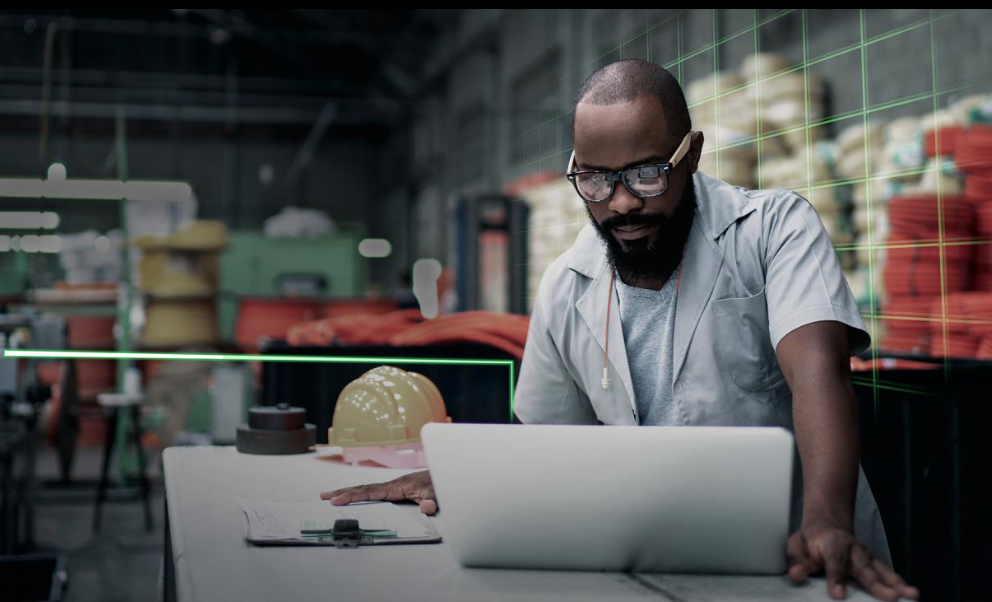View original blog on Schneider Electric's website
Households have both a direct and indirect impact on the environment. A house takes up physical real estate; it produces heat, noise and – in today’s digital age – a low level of electromagnetic interference from a bevy of connected devices. Its occupants will accumulate resources and produce real physical waste over time – including food packaging and discarded appliances. All accounting for houses to have a major impact thanks to the energy they consume, still only partially derived from clean renewable power. Indeed, buildings are responsible for approximately 40% of EU energy consumption and 36% of greenhouse gas emissions. We are no less culpable for these emissions just because they are largely invisible and the major impacts happen outside our purview. To keep us focused on making our homes smart and net zero over time, regulations, policies, incentives and standards are there to guide us but also to mitigate the impact of household consumption on the environment.
The home building sector is crucial for achieving the world’s energy and environmental goals. Net zero homes are critical for reducing emissions and mitigating the impacts of climate change. At the same time, better and more energy efficient buildings improve the quality of citizens’ lives while bringing additional benefits to the economy and society. Achieving this will take an integrated and ‘smart’ approach to building design, construction and operation. Home owners as well as builders have a part to play, as governments are laying out the regulatory path to net zero homes.
 Buildings are responsible for approximately 40% of EU energy consumption and 36% of greenhouse gas emissions.
Buildings are responsible for approximately 40% of EU energy consumption and 36% of greenhouse gas emissions.
Regulations map out the net zero homes future and promise better living
Thanks to strong regulatory guidelines, smart, efficient net zero homes that play an active role in our energy systems are finally within reach.
In Europe, energy codes for buildings are in dynamic phase, taken care of by the Energy Performance of Buildings Directive (EPBD). One of the requirements of the EPBD, was for Member States to ensure that by 31 December 2020, all new buildings were nearly zero-energy buildings (NZEB). At the same time, the Renovation Wave strategy aims to improve the energy performance of buildings, leading to a 60% cut in GHG emissions from buildings by 2030 compared to 2015.
In the UK, the government has indicated that all new homes would be required to be highly energy efficient, with low carbon heating and be net zero carbon-ready by 2025. At the same time, green campaigners have called for a new UK National Retrofit Strategy to make sure existing housing stock can decarbonize at pace.
In North America, the California Solar mandate now requires new homes to have a solar photovoltaic (PV) system as an electricity source. Fewer than half of countries in Asia mandatory or voluntary building codes or certification programmes in place, with China leading the pack with comprehensive national and local building codes and standards.
These net zero home regulatory goals and standards in place have human-centric goals while seeking to protect the planet. The good news is that they are all achievable thanks to advanced home automation and control solutions.
 For new homes, only once the fundamentals of sustainable home building are in place should house builders turn their attention to solar energy and energy storage systems.
For new homes, only once the fundamentals of sustainable home building are in place should house builders turn their attention to solar energy and energy storage systems.
A new sustainable approach to house building
Home builders have a responsibility for sustainability, but they have many incentives as well. Across the world, legislators are providing significant grants for embedding energy-efficient practices into house construction. In Sweden, a support programme has been in place since 2018 that covers the installation of all types of solar energy systems. The subsidy covers up to 30% of the investment costs, with a planned budget of about €92 million per year. The government has also announced a subsidy to cover 60% of the installation cost of residential energy storage systems, up to a maximum of 50,000 kroner.
Yet how can home builders properly take advantage of these and similar incentives? You can’t build a net zero home by simply installing solar panels and other energy systems after the fact. Net zero needs to be the guiding philosophy during the entire planning and build stages.
The first consideration is site selection. A net zero home should have largely unobstructed access to the sun, sit on top of a relatively flat topography and have as little exposure as possible to inclement weather conditions. Of course, all of these conditions won’t be present on every site, but they should guide construction companies in deciding what sites to select. The home should then be properly orientated to take the greatest advantage of seasonal sun angles for both passive heating and cooling, and to optimise solar energy production in the final build.
When it comes to interiors and house systems, building design should reflect local weather conditions, affecting everything from insulation levels to heating, ventilation and air conditioning. Thermal boundaries should be clearly defined and highly insulated windows and doors specified in almost all cases. Proper insulation goes a long way to maintaining comfortable temperatures indoors, making it less likely that occupants will depend on energy-consuming heating.
For new homes, only once the fundamentals of sustainable home building are in place should house builders turn their attention to solar energy and energy storage systems. That isn’t to say they are unimportant – only that they are merely a part of the net zero home. Domestic-scale solar or wind systems have their limitations due to the intermittency of supply, but these can be overcome through energy storage technologies that store excess power for when it’s needed most. The most important thing is for the builder to determine the optimal size of the PV system and the supporting energy storage system, as well as an intelligence energy management system, to meet the needs of the home.
 30 million Europeans can’t afford to adequately heat their homes.
30 million Europeans can’t afford to adequately heat their homes.
A reason to retro-fit
Building a net zero home from the ground up is usually easier than first building a home and making it net zero. Yet what can we do to improve a house’s sustainability if it’s already been built? It’s estimated that 80% of the buildings that will exist in 2050 have already been built and are standing today. The solution is retrofitting. This describes the practice of keeping the components already in place, but augmenting them with added digital and sustainability technologies. This could cover everything from switching to the use of LED lights to upgrading to solar water heaters.
The need for renovation varies across Europe. While some of the warmer countries need to adapt to increasing heatwaves, Central Europe still has a long energy savings journey ahead. Other countries can use this as an opportunity to address energy poverty. It is estimated that 30 million Europeans – the equivalent of Hungary, Austria and the Czech Republic’s populations combined – can’t afford to adequately heat their homes.
In France, there are tax rebates to support these kinds of activities, and similar incentives are available for an increasing number of homeowners across the world. The Italian ‘Super Ecobonus’ scheme helps homeowners to make their homes more energy efficient by covering 110% of renovation costs.
However, homeowners and builders also need to consider the value digital technologies can add to retrofitting towards a net zero home. One of the most persistent challenges of cutting energy waste in the home is that consumption is usually invisible. Out of sight, out of mind. Most people don’t know how much energy they’ve consumed until they see their energy bill at the end of the month. The value of digital systems like smart heating and HVAC systems is that they record information like emissions and energy waste before sharing them with house occupants in a way that’s accessible and easy to understand. With this insight to hand, they can then modify their behaviour to cut waste – helping their wallets as well as their bottom line.
We must make our homes more energy efficient. The will to change is there as are the increasing number of incentives available to support them. What’s more, the technological solutions needed to create the next generation of net zero homes already exist. All that is needed is for policymakers, builders and technology providers to show us the way.
Visit Schneider Electrics Home of the future page to learn more!